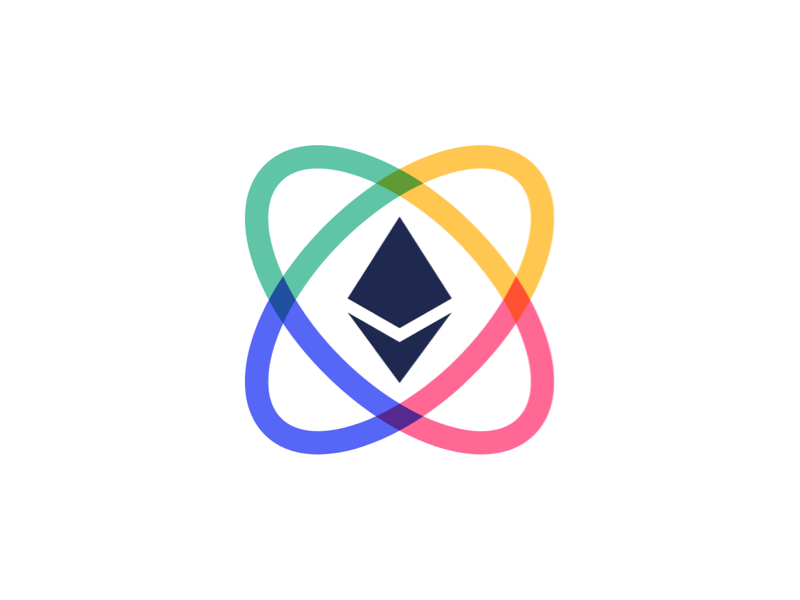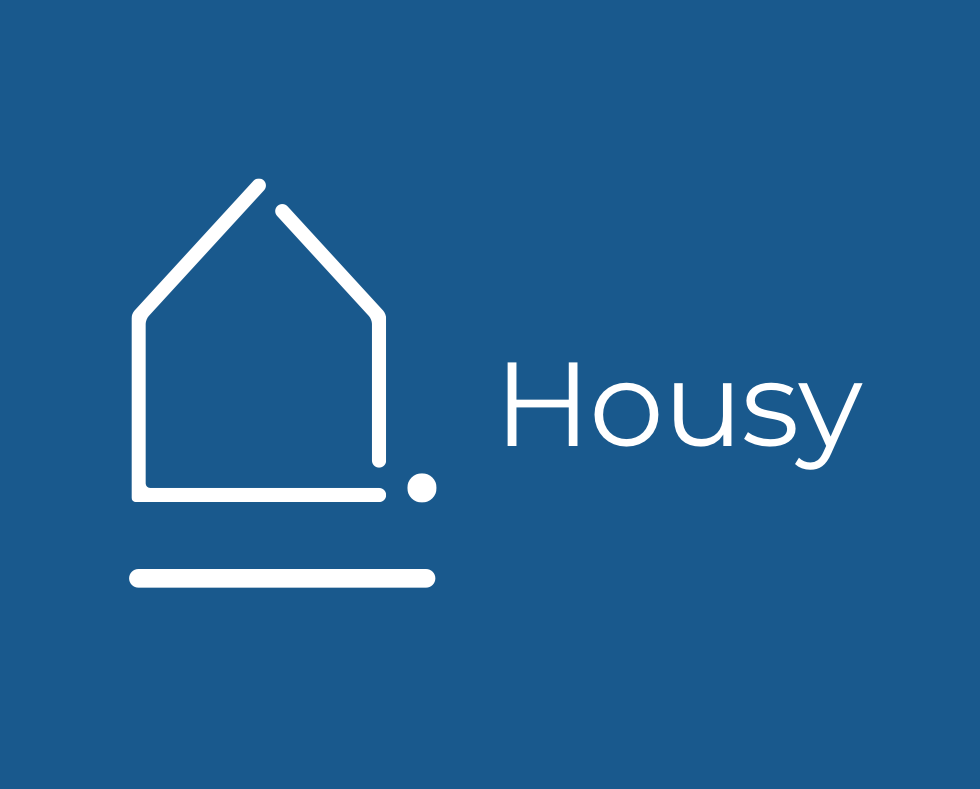
Lilium
Languages, Libraries & Stacks
Share project
About Lilium
Auction System 🌐: The Auction DApp module is designed to auction carbon credit tokens from producers with forest reserves, providing companies with a platform to bid on these tokens to offset their carbon emissions. The entire auction logic is embedded within the Cartesi Machine, ensuring unparalleled security and transparency in the auction process.
AI-Powered Anomaly Detection 🤖: The Verifier DApp module incorporates two AI models within a Cartesi Machine to ensure the accuracy and security of the generated tokens. The first model, utilizing TensorFlow, performs image detection to ensure optimal conservation of the area associated with carbon credit production. The second model, developed using the Sklearn Elliptic Envelope, identifies anomalies in humidity, temperature, and CO levels in the forest reserve, ensuring the integrity of the carbon credits generated.
IoT System 📡: An IoT system, consisting of temperature and humidity sensors, a volatile gas (CO) meter, and a camera, is deployed in forest reserve areas. The collected data is transmitted to the AI models, ensuring the consistent monitoring and verification of the environmental conditions of the area, further enhancing the reliability of the carbon credits generated.
Describe what could be next for your project?
The Lilium DApp project has room for practical improvements and valuable contributions to the Cartesi ecosystem. Firstly, we can focus on enhancing the user interface (UI) to make it more user-friendly and responsive, ensuring a smoother experience for users. Another practical step is to integrate the code with real, scalable IoT devices, which would increase the reliability of data and expand the project's applicability. By connecting Lilium DApp with other decentralized applications in the Cartesi ecosystem, we can explore new use cases and synergies, making it a more practical and impactful solution for environmental conservation. This collaborative approach can drive adoption and further development, ultimately contributing to a more sustainable future.


